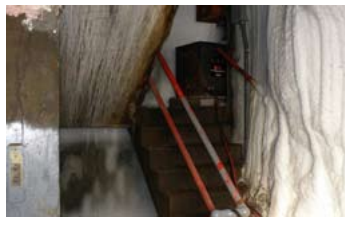Anhydrous Ammonia Refrigeration Facilities Under Scrutiny by US EPA Download PDF Alert
Evidence gathered by the U.S. Environmental Protection Agency (EPA) indicates that some refrigeration facilities may be failing to properly manage hazardous chemicals, including anhydrous ammonia, as required by the Clean Air Act (CAA) Section 112(r). This Alert is intended to inform the industry that companies must take responsibility to prevent accidental releases of dangerous chemicals like anhydrous ammonia through compliance with CAA’s Chemical Accident Prevention Program.
Lessons Learned from recent inspections of ammonia refrigeration systems:
• Identifying the hazards that a facility’s refrigeration systems present is crucial. Guidance on how to conduct a proper hazard analysis in EPA’s General Duty Clause Guidance, found at http://www.epa.gov/osweroe1/docs/chem/ gdcregionalguidance.pdf. Part of this analysis should include understanding the gap between the safety requirements of new industry codes and standards and the standards to which the facility was built and developing a plan to address safety deficiencies. In some cases, that plan must include making facility upgrades.
• Preventive maintenance is the standard for the industry. The maintenance program, including inspections, should be documented.
• Gathering sufficient information about the piping and equipment is crucial so that facilities understand the hazards associated with their refrigeration system and can develop a proper maintenance program.
• Refrigeration systems that are missing key controls, such as emergency shutoff valves, because they were not built to industry codes and standards in effect at the time of construction need to be upgraded.
• Halting corrosion of pipes and equipment should be a priority.
• Hammering and shaking of equipment and pipes risks breakage and ammonia releases.
• Defrosting is important. Ice buildup can impede access to important equipment and dangerously weigh down piping.
• Adequate ventilation in a safe location is required for machinery rooms.
• Ability to shut down the system without entering the machinery room is necessary.
• Ammonia pressure relief devices should not be located where they could spray ammonia onto people.
• A trained operator is critical to running an ammonia refrigeration system.
• A well-maintained closed loop system should limit accidents occurring during startup



